The Magallanes region is the most extensive in Chile and is the absolute gate to the great white continent, one of the geographical milestones of our planet that wonders for its flora and fauna of pure and inhospitable nature.
There are several national Parks and Natural Reserves, where you may hike through the typical Magellanic forest composed of Nothofagus family trees such as the Coigüe, Lenga and Ñirre. But the Magallanes region is not only composed by forest, for example while travelling to Puerto Natales and in the northern part of Tierra del Fuego, you will admire the amazing Patagonia steppe where are usually seen Ñandu (kind of ostrich), Armadillo, Skunk and guanacos.
In this full of life region there is a very rich fauna among those we can find: Puma, Black-chested Buzzard-eagle, grey fox, culpeo fox, condor, austral parakeet, Magellanic woodpecker, and king fisher.
The Torres del Paine national park has the particularity of concentrating the main ecosystems of Patagonia, in one place, and is one of the great natural destinations of the planet. It was declared by UNESCO as a global reserve of the biosphere in 1978.
In the province of Tierra del Fuego, it is possible to admire the Patagonian steppe, shrublands and deep Nothofagus forests, representative ecosystems of the southern biodiversity and the sub-antarctic region. The sub-antarctic region of Tierra del Fuego contains about 5% of all moss species that exist on earth. You can also visit Parque Pingüino Rey, where is found the only King Penguin colony in south america.
 -
-  -
-  basic
basic Cabo de Hornos, part of the Antarctic province, has the most austral planet forests, with native trees of Nothofagus family tress, which always host a botanical treasure: miniature forests populated with small muses, and lichens.
If your destination is the province of Magallanes, you cannot miss “Los Pingüinos” in Isla Magdalena, wild area declared natural monument in 1982, which has one of the largest populations of Magellanic penguins of South America, estimated in a 50 thousand individuals of these particular birds.
One of main attractions of this province is undoubtedly the Francisco Coloane Marine Park, where is possible the sighting of humpback whales, which arrive from the north in springtime. You may also see, albatrosses, giant petrel, antartic tern, cormorants, Magellanic penguins, sea lions and austral dolphins.
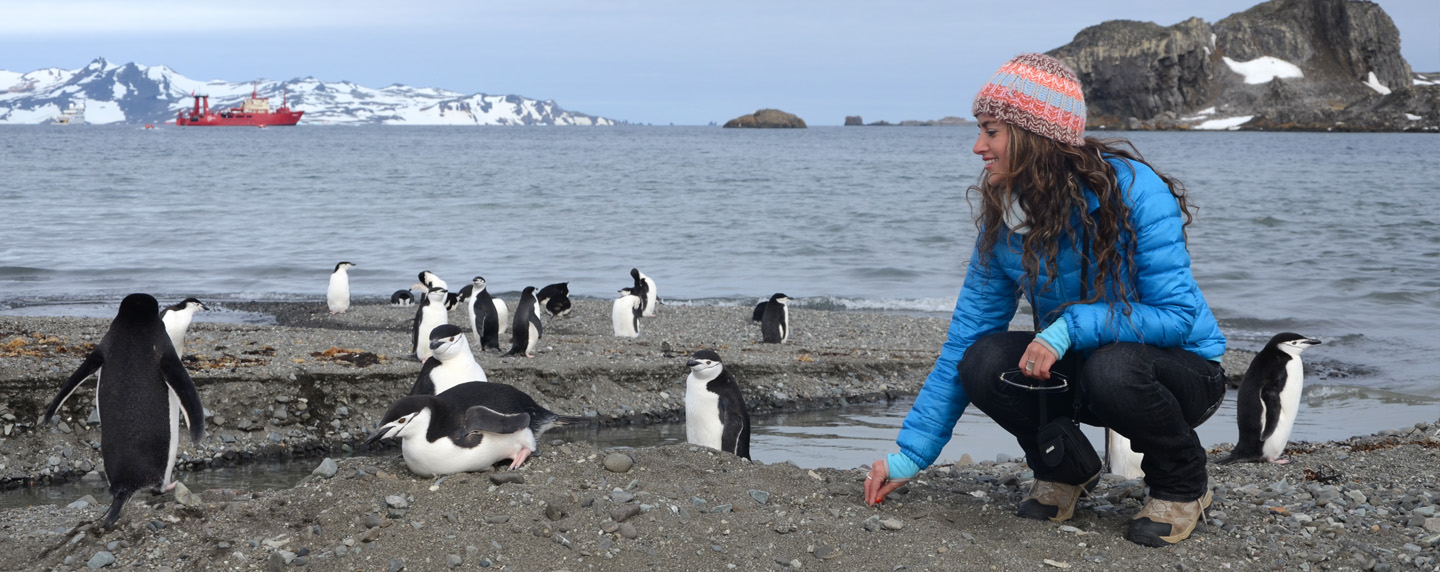
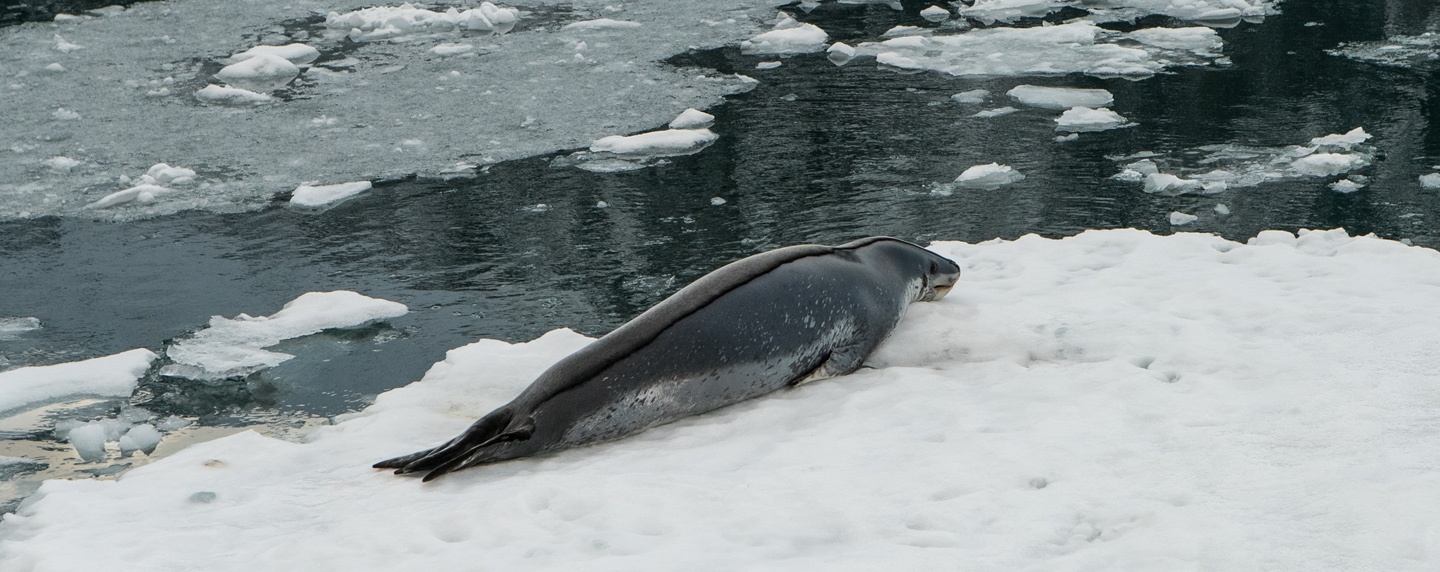
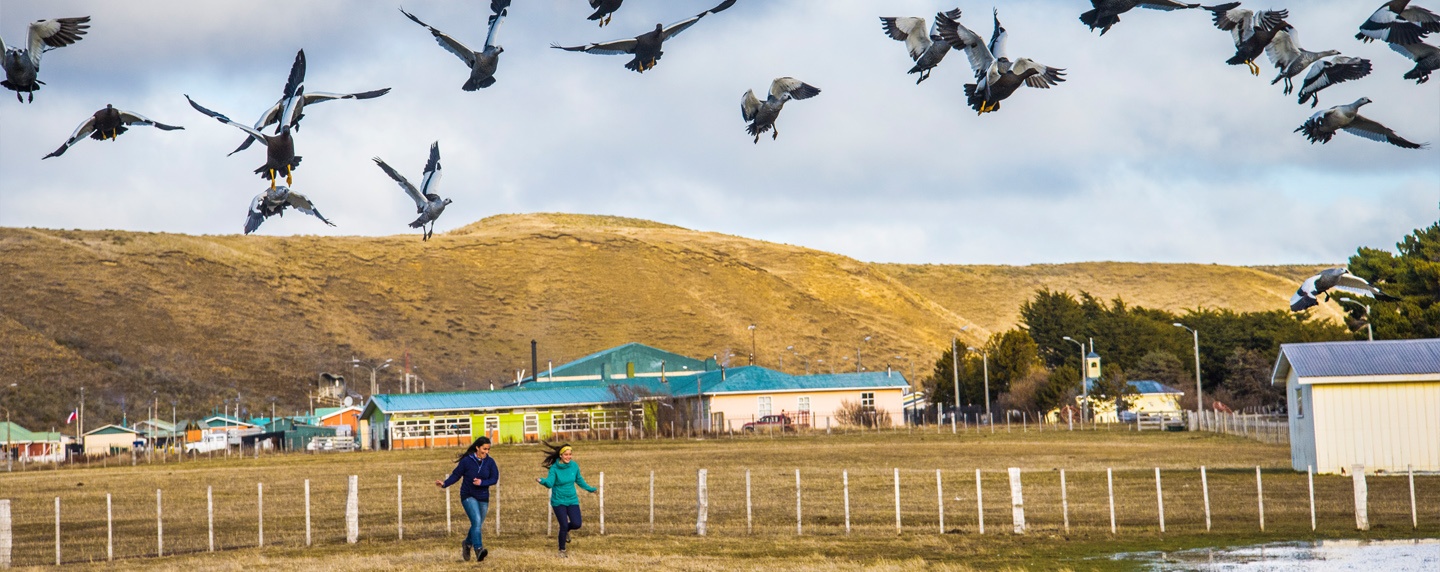
Even though Patagonia can be enjoyed in every season of the year, we recommend your visit between October and April, in the middle of spring in this hemisphere, more sunny days and less rain, therefore more activities to do.
You can only camp in places authorized by the park administration. The trip must be planned in advance, because all campsites require prior reservation.
You must bring a heavy jacket (hopefully with newborn lamb skin), waterproof pants, wool caps, a fleece and thermal gloves, windbreaker, trekking shoes, comfortable shoes for resting, boots, sunglasses and sunscreen. Do not forget t-shirts and lightweight shoes for sunny days, the best thing you can do is to wear layers of clothing.
Always follow the instructions of park rangers so you may enjoy your trip: do not use fire in unauthorized places and do not go out from demarked trails to avoid accidents.
In Magallanes province, kayaking in the waters of the mythical Strait of Magellan.
discover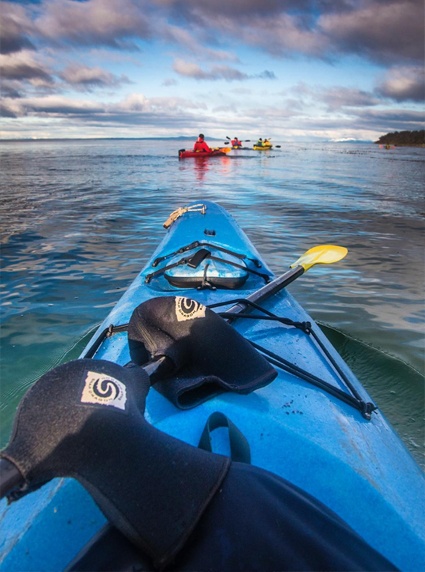
Without a doubt, Chilean Patagonia in Magallanes Region is the best place in Chile fo...
discover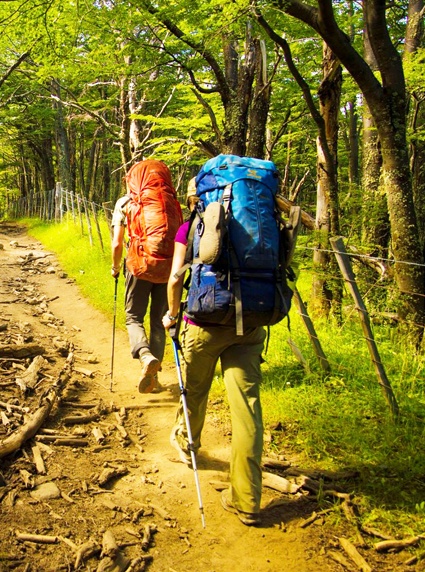
Fishermen from all over the world visit the rivers and lakes of Chilean Patagonia to ...
discover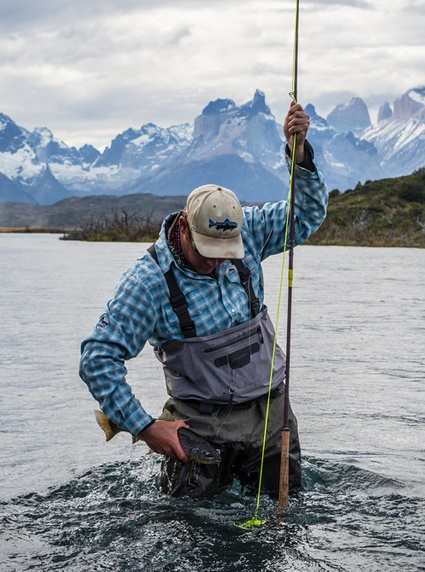
In this activity, you can go over the trees of the Patagonian forests and feel nature...
discover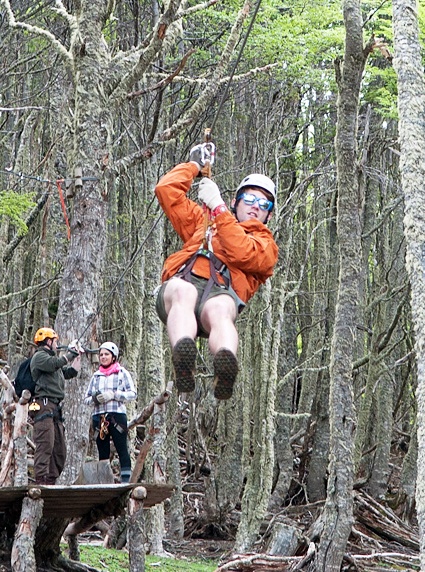
In the Chilean Patagonia in Magallanes and Antarctica Region you will find one of the...
discover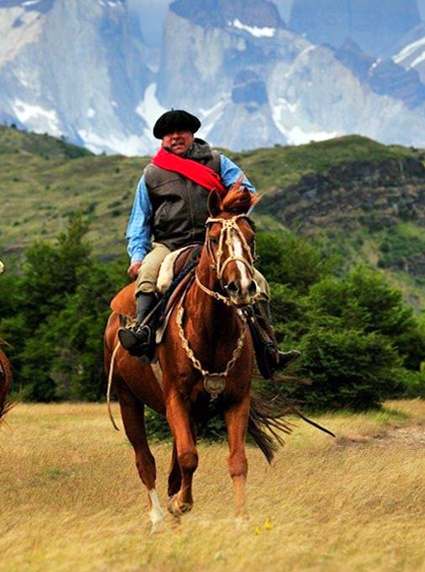
Are you prepared to discover the rich flora and fauna of the southernmost place on th...
discover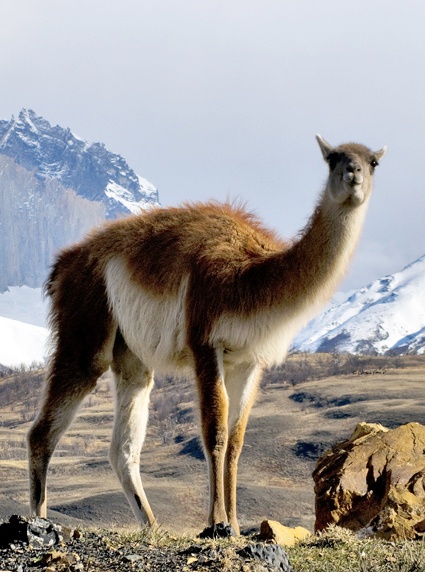
In Antarctic waters you may find many whale species, such as: minke, blue, humpback, ...
discover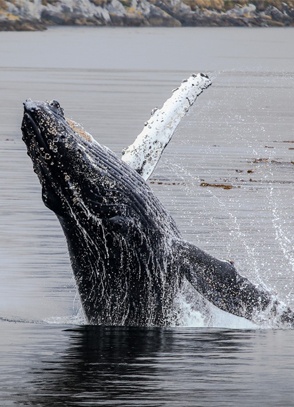
Come and discover the Patagonian fauna, especially its unique variety of birds.
discover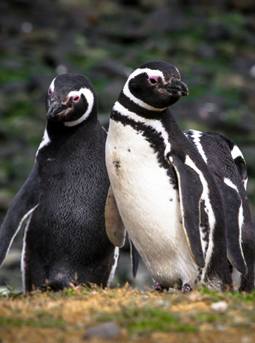
Protected areas represent more than the 60% of the regional territory where 18 wild a...
discover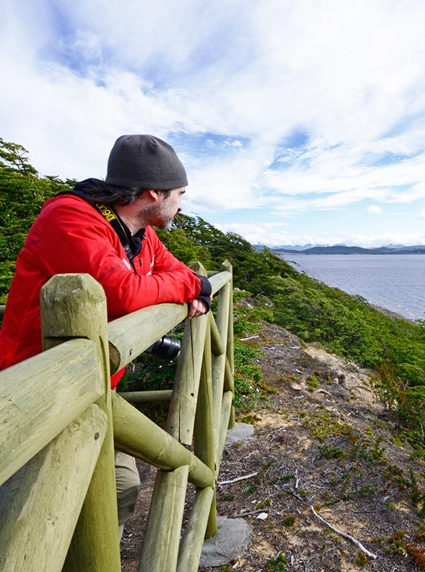
Most of the Estancias are still working in hands of local families and some have star...
discover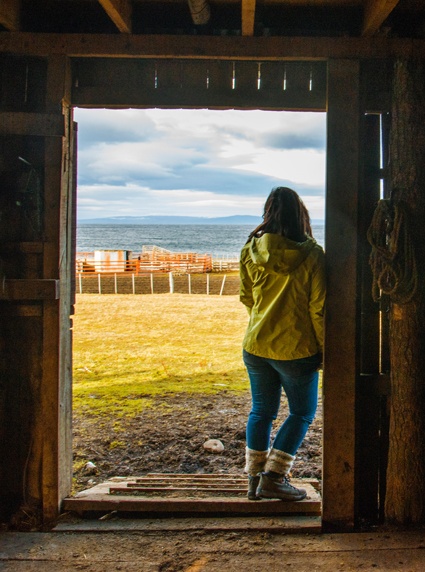
In Patagonia, you can find various tourist attractions to take a walk and learn about...
discover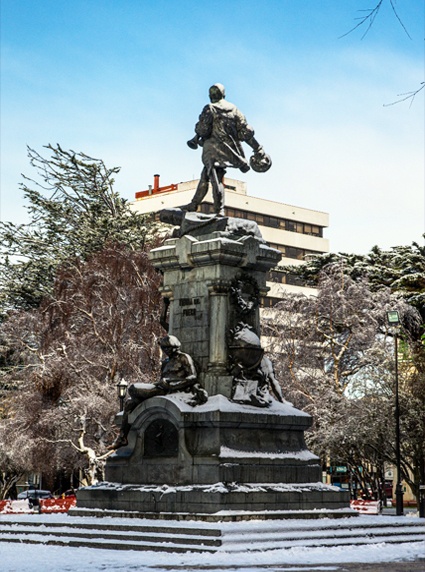
In Chilean Patagonia, everything seems bigger, more intrepid and more challenging.
discover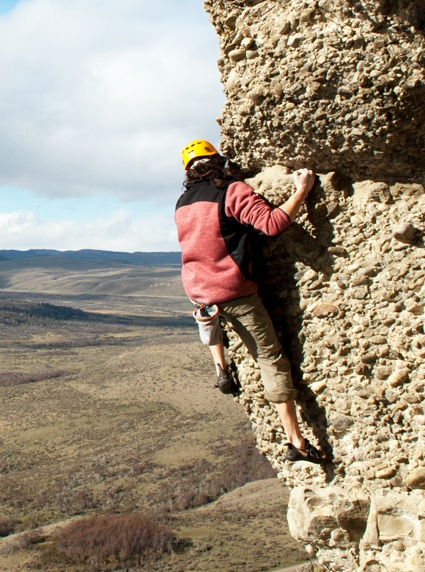
A dive in the extreme south? The Strait of Magallanes has remarkable stories of shipw...
discover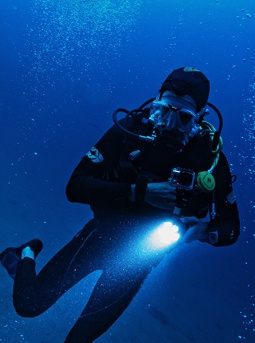
There are plenty of alternatives to explore and get to know Magallanes Region by sea....
discover
The city center of Punta Arenas is full of life every day with stores, handicraft sto...
discover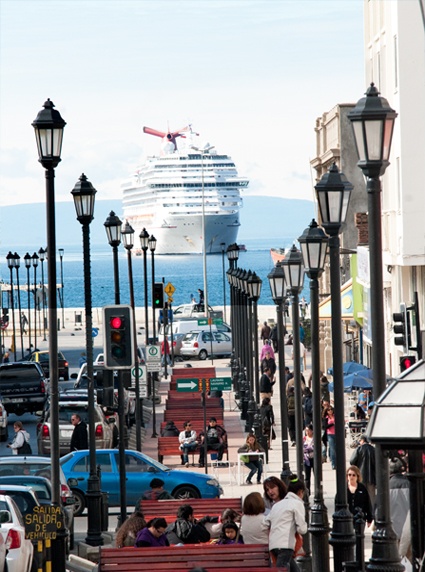
Enjoy a pleasant atmosphere and last generation games surrounded by the impressive Pa...
discover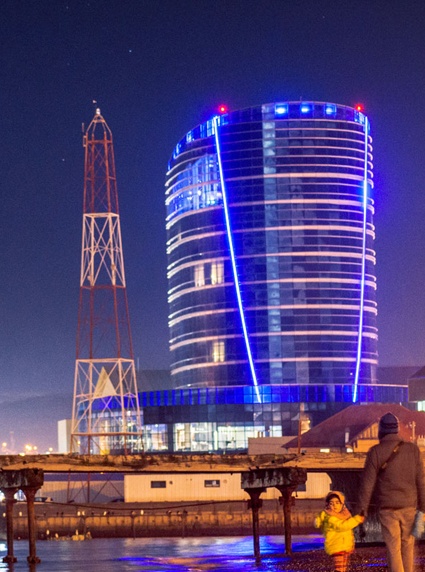
The southernmost region of Chile has a great offer to enjoy an unforgettable gastrono...
discover
If you travel to Magallanes in the middle of the winter season, you can practice this...
discover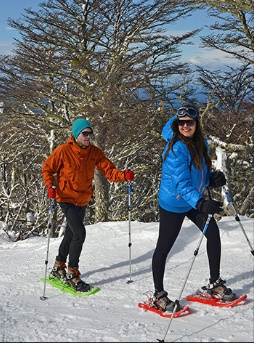
The landscapes of Patagonia are designed for cycling enthusiasts. High-speed descents...
discover